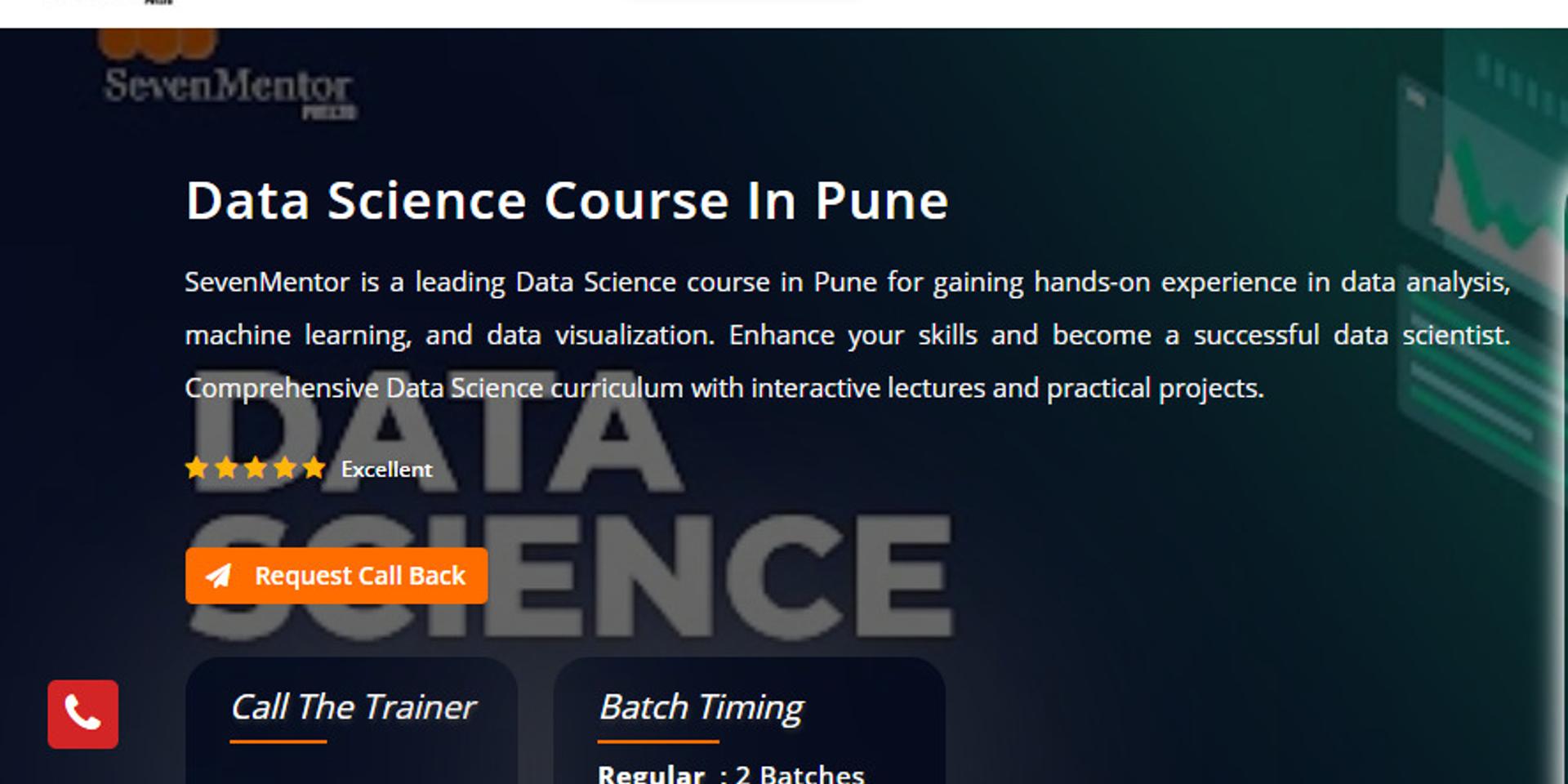
What is a 6-month plan to be a beginner data scientist?
Becoming a beginner data scientist requires a structured learning approach and consistent practice. Here's a six-month plan to get you started on your journey to becoming a data scientist:
Month 1: Laying the Foundation
Math Fundamentals: Review basic algebra, probability, and statistics. Focus on concepts like mean, median, standard deviation, and probability distributions.
Programming Basics: Learn Python, which is the most widely used language in data science. Familiarize yourself with data structures, control flow, and functions.
Data Manipulation and Visualization: Learn libraries like Pandas for data manipulation and Matplotlib/Seaborn for data visualization.
Month 2: Exploring Data Analysis
Data Cleaning: Understand how to handle missing values, outliers, and inconsistent data. Practice data cleaning techniques using Pandas.
Descriptive Statistics: Explore descriptive statistics to gain insights from data. Use Python libraries to calculate and visualize descriptive statistics.
Data Visualization: Go deeper into data visualization techniques to represent data effectively.
Month 3: Machine Learning Foundations
Introduction to Machine Learning: Understand the basic concepts of supervised and unsupervised learning, as well as different algorithms.
Scikit-learn: Learn the popular machine learning library in Python, Scikit-learn. Implement basic machine learning algorithms on datasets.
Model Evaluation: Understand how to evaluate machine learning models using metrics like accuracy, precision, recall, and F1-score.
Visit Data Science Classes in Pune
Month 4: Advanced Machine Learning
Feature Engineering: Learn how to extract relevant features from data to improve model performance.
Cross-validation: Explore cross-validation techniques to estimate model performance accurately.
Hyperparameter Tuning: Understand hyperparameter tuning to optimize the performance of machine learning models.
Month 5: Introduction to Deep Learning
Neural Networks: Learn the basics of neural networks and their architecture.
Keras/TensorFlow: Start working with popular deep learning frameworks like Keras or TensorFlow to implement neural networks.
Deep Learning Applications: Explore how deep learning is used for image recognition, natural language processing (NLP), and other tasks.
Month 6: Real-world Projects and Specialization
Work on Projects: Start working on real-world data science projects to apply your knowledge and build a portfolio.
Choose a Specialization: Depending on your interests, choose a specific area within data science like NLP, computer vision, or time series analysis.
Learn from the Community: Engage with data science communities, and forums, and participate in data science competitions to learn from others and showcase your work.
Remember, learning data science is an ongoing process, and this six-month plan will provide you with a solid foundation. As you progress, continue exploring new topics, staying updated with the latest developments, and continuously improving your skills through hands-on practice. Good luck on your journey to becoming a data scientist!
Learn Data Science Course in Pune